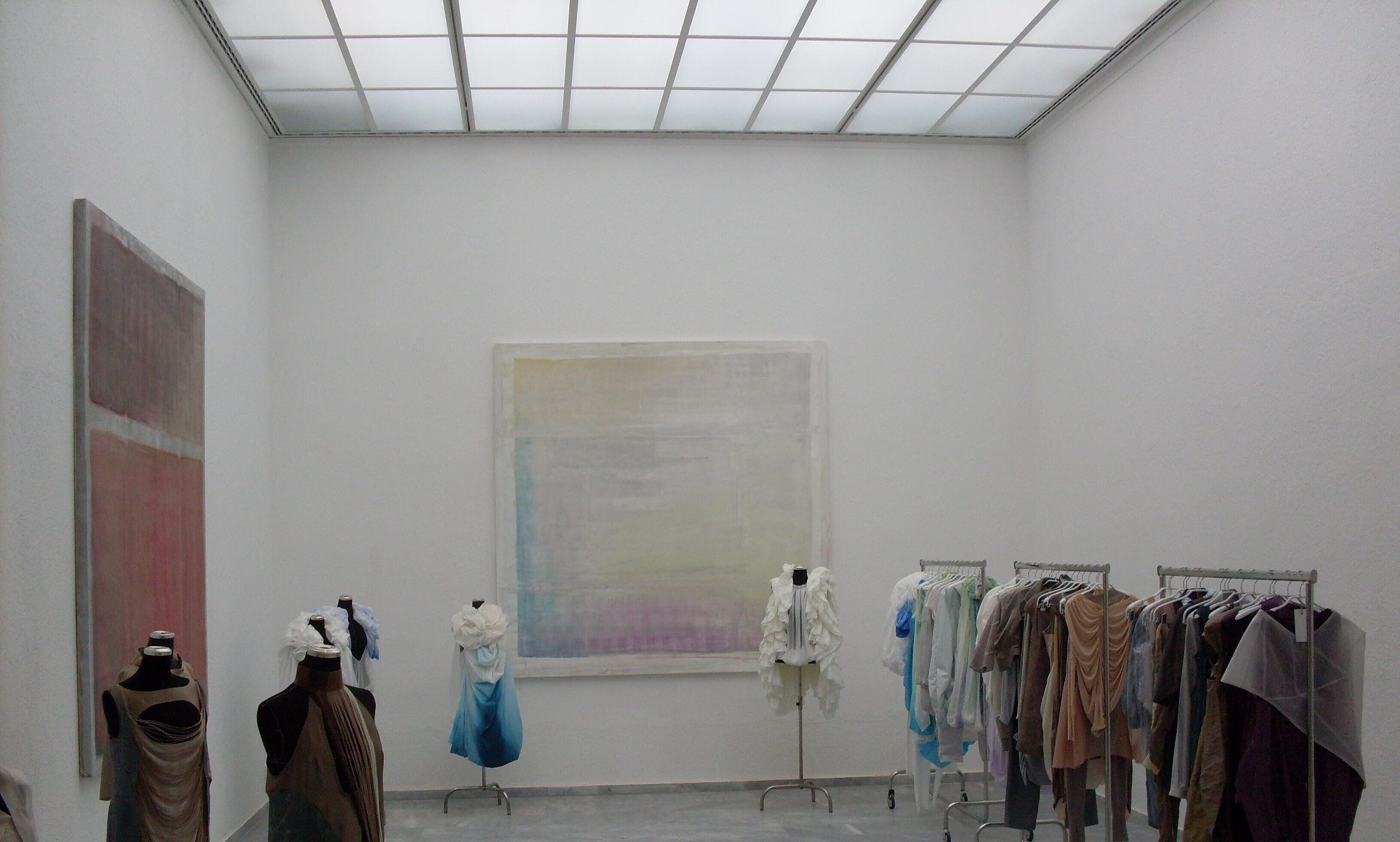Built according to plans by the architect Theodor Fischer, the building was largely destroyed during the Second World War. Only the cupola, which remains a central element of the building to this day, was preserved.
As part of the renovation, Harder III Stumpfl Architekten brought security and air-conditioning technology, fire protection as well as lighting and electrical installations up to date. This included, among other things, the use of OKALUX+ insulating glass in the area of the gable roof. Museums and exhibition areas in particular require glare-free lighting so that the exhibits can be reproduced in true colours. At the same time, the light-sensitive works of art must be protected from excessive brightness and UV radiation. This is ensured by the use of translucent capillary panels and light-diffusing fleece inserts in the space between the panes, which guarantee an even distribution of the incident light between the skylight and the luminous ceiling. This avoids direct sunlight, but also cast shadows. In addition to the incidence of light, the room temperature must also be observed for works of art. OKALUX+ plays its part by optimising thermal insulation and protecting the building from overheating.



